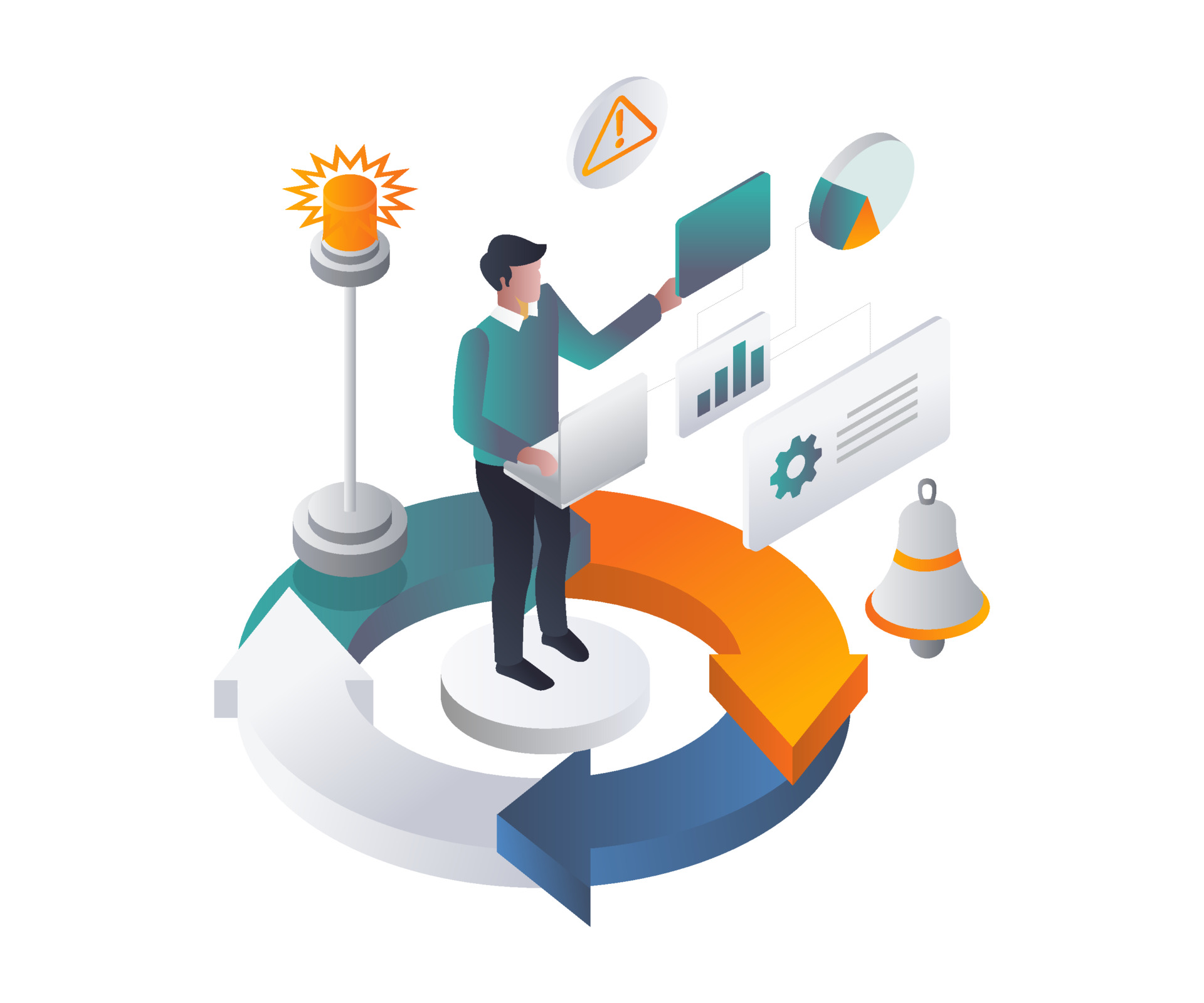IT Infrastructure Management Services
Business Continuity Plan / Disaster Recovery
Closely working with internationally known partners, and following BS 25999, the world’s first British standard for business continuity management (BCM), AByteShift offers business continuity solutions which allow you to keep up with the pace of the industry, assisting you in being able to better serve your market and fulfill the fluctuating demand.

Why Choose AByteShift For Business Continuity & Disaster Recovery ?
AByteShift has built premier-level partnerships with the leading providers of BC and DR infrastructure to enable you to meet service level agreements for your recovery point objectives and recovery time objectives for each business process in your organization. For organizations with secondary data centers, AByteShift can take a traditional disaster recovery environment and make it part of your active IT infrastructure, transferring groups or subsets of applications or services to your secondary data center for alternate site computing. This innovative approach allows for complete recovery from a data center failure and leverages your backup systems to provide greater value for your business.
At AByteShift Technology, we prioritize your company’s success in everything we do. With business continuity and disaster recovery data center arrangements, we ensure your business is agile and reliable through any event. Get in touch with our team today to discuss your options and introduce a backup infrastructure.
Business Continuity Planning & Disaster Recovery
Businesses worldwide rely on constant operation for crucial transactions and production. Info must be accessible anytime, anywhere for customers, suppliers, employees, and partners. Even a Little disruption can mean loss of million-dollars .
AByteShift provides business continuity solutions to match industry pace, ensuring you meet market demands.
Data Centers, whether physical or virtual, store and manage business data. They must meet critical requirements efficiently. AByteShift ensures optimal Data Center engineering with minimal latency, maximum control, and seamless data migration to adapt to evolving trends.
Business continuity and disaster recovery (BCDR) are closely related practices that keep a company operational after an unfavorable event, including natural disasters, cyberattacks and other business disruptions. Since most companies rely on data to some degree, BCDR for IT professionals has become critical to business planning.
BCDR strives to assess possible risks and minimize the effects of disruptions or outages. Considerations for BCDR include:
- Possible risks.
- Data backup.
- Alternate operating locations.
- Employee safety.
- Insurance requirements.
- Emergency evacuations.
With a large scope, BCDR considers multiple angles, like physical safety, data protection, legal considerations and more. On the IT side, BCDR is a matter of handling and protecting data, so companies can continue to operate even if their systems fail.
In Short Your business must be up and running without interruption 24/7!

Key Benifits Of Business Continuity Planning & Disaster Recovery
Business continuity planning and disaster recovery come with four notable benefits:
- Improve productivity
- Major disruptions can cause your company to fall behind on finishing projects and meeting goals. BCDR ensures operations can continue after a disruption, so there’s no significant loss in productivity.
- Protect your reputation
- Clients are less likely to go to a company that can’t operate reliably, so creating a stable structure is essential. With BCDR, you can continue serving clients and maintain a solid reputation over time.
- Reduce risks
- One of the most notable benefits of BCDR is the ability to reduce risks. While you can’t prevent every adverse event, preparing your business for these possibilities will put you in a better position in the long run.
- Minimize Costs
- Losing data and slowing operations can lead to extensive costs. Whether you lose customers or spend more on rebuilding your system, experiencing a disruption can put your company back. Preparing for the risks now will prevent the need to pay out large amounts later.
Models For Business Continuity and Disaster Recovery ?
AByteShift offers three possible disaster recovery models to help your company stay agile amidst a disruption. Learn more about our offerings to find the ideal arrangement for your team.
If you’re not sure which plan sounds right for you, our IT professionals can work with you to find the best route. We’ll discuss your goals, workflow and budget to find a solution that suits your company.
A geographically separate alternative or secondary data center offers redundancy for servers and storage but requires the purchase of duplicate hardware and software. Secondary sites enable off-site replication with no loss of data, and can provide recovery or failover times in minutes. At the highest level of replication, transactions from the same application are processed in each of the two sites simultaneously.
If you’re wary of the cloud due to security needs, a secondary data center offers the privacy you need for your data with the peace of mind you want in the event of a disaster.
In a hosted environment, data, applications and operating systems are replicated from the production environment to a secure, environmentally-controlled data center facility. If replication is performed regularly and completely, this approach offers rapid failover capabilities to a production-ready environment in the event of an outage at the primary facility.
When a secondary data center seems like more responsibility than your team can manage, hosted data centers offer the same benefits with reduced requirements. Our team maintains and updates your system to keep it agile, so when disaster strikes, your data is still available.
Business operations can now be run successfully in the public or private cloud. With redundancy and automation in the cloud management layer, a failed server can be launched in another cloud in minutes. With this level of automation and control, organizations can scale when demand changes and entire server deployments can be migrated relatively quickly to a new infrastructure.
Let’s assess your DR strategy
Effective DR configuration depends on two important factors – recovery time objectives (RTO) and recovery point objectives (RPO). From enabling the use of as-a-service offerings or public clouds to host entire DR environments, to restoring large multi-TB databases in minutes, we’ll help you to:
- Have RTOs of single figure minutes and RPOs of seconds
- Easily replicate and migrate to public cloud services to avoid second Data Centre costs
- Provide as-a-service solutions to provide an ongoing OPEX cost model
- Enable self-service protection
- Leverage Public Cloud services and solutions
- Deliver Active / Active Metro Cluster storage and compute solutions
- Fully automate DR testing with non-disruptive failover

